October 1st is World Sake Day!
Long ago, Sake was drunk in celebration of the Autumn harvest. October is called Kanna-zuki in old Japanese and is traditionally the month in which to deify gods.
October marks the beginning of the brewing season, following the annual rice harvest. The Sake produced in Spring matures perfectly in this season, gracing Japan with a young and vibrant variety known as Hiya-oroshi. Nowadays this term is used to refer to all Sake released for sale in Autumn.
If you are interested in Sake but have never tried it before, we understand that it can be confusing. Today we will try to introduce the subject as simply as possible.
The three main designations of Sake are as follows:
1 Junmai-shu
The literal meaning of Junmai is “pure rice”. Shu means “alcohol” and in this case, Sake. Junmai-shu is made from only 3 ingredients: rice, rice koji and water. Koji is a fungus which converts the starch from rice into glucose, creating alcohol in the process.With this variety of Sake, you can enjoy the rich and earthy character of rice and a lot of umami.
 |
 |
2 Honjyozo-shu
In contrast to Junmai-shu, Honjozo Sake is brewed with the addition of a small amount of brewer’s alcohol. Surprisingly, this process doesn’t actually increase the alcohol content of the finished product, rather coaxes flavour and aroma from the rice. If you prefer light bodied, dry and crisp styles, Honjozo-shu would make a great starting point.
3 Ginjyo-shu
Ginjo-shu is typically more expensive than other varieties of Sake. "Ginjo" and "Daiginjo" are premium grades, brewed using a low temperature fermentation method called Ginjo-zukuri. Furthermore, the outer layers of the rice grain have been painstakingly milled away, removing the bitter flavours of the protein rich kernel and exposing its starch-rich core. The difference between Ginjo and Daiginjo is the level of milling involved. Dai, meaning “big” in Japanese, signifies a higher degree of milling. This results in a smooth and often fragrant, aromatic sake. Junmai-ginjo is a subcategory in which no alcohol has been added during the brewing process.
 |
Once the category is determined, it is time to go looking for the rice polishing ratio.
Normal Junmai shu, the polish ratio is not specified.
| Honjyozo | 70% or less |
| Ginjo / Junmai ginjo | 60% or less |
| Dai-ginjo / Junmai dai-ginjo | 50% or less |
In addition to these three designations, there are numerous subcategories that are beyond the scope of this introduction. Anything that does not fall into the premium categories above is referred to as Futsu-shu, or “ordinary” Sake. This variety makes up 80% of Sake on the market and it’s affordable price makes it ideal for everyday drinking.
Dassai is the brand most sold due to its fine polish and the fruity flavour and it's known as the ultimate Sake. Their polish ratio is less than 50. (Learn more about Dassai here!)
|
|
We have some fruits sake too, it is probably easier to drink if you have never tried sake before.
|
Plum |
Yuzu |
Now that you are informed with all the basics, you are armed and ready to dip your toes into the exciting world of Sake. This delightful beverage is so diverse that there is certainly a style to suit every taste. Enjoy the experience and “Kanpai!” (cheers).






